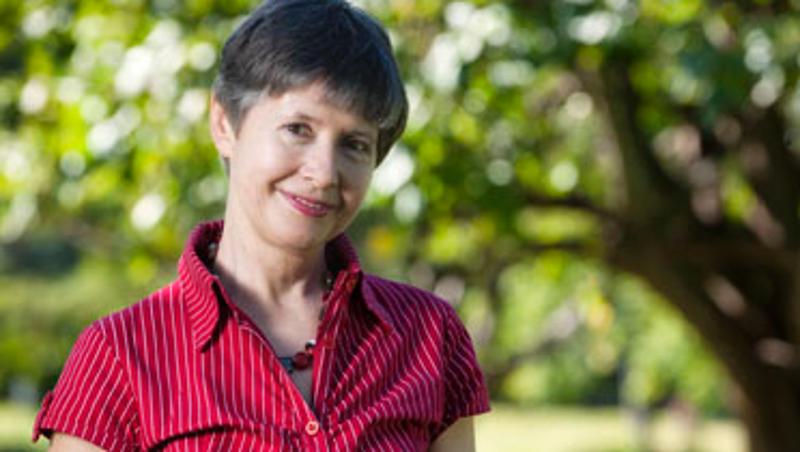
Thousands of volunteers who cleaned-up after last year's floods helped Brisbane homeowners breathe more easily than other cities affected by similar natural disasters, an air quality study has found.
Researchers from QUT's International Laboratory for Air Quality and Health measured fine dust particles, mould and bacteria in 40 flood-affected homes over two rounds of testing last year.
Lead investigator Professor Lidia Morawska said the rapid response of volunteers who helped clean-up thousands of tonnes of mud, broken furniture and garbage from the January 2011 floods had minimised residents' exposure to public health risks.
"Because of the speed of cleaning and drying after the floods, the level of mould and dust was relatively low, much lower than in places such as New Orleans after Hurricane Katrina," Professor Morawska said.
"Intense cleaning and drying of people's belongings and homes was the key. Brisbane residents and volunteers should be proud of their efforts."
Findings from the air quality study, believed to be the first of its kind in Australia, will be presented at the 10th International Healthy Buildings Conference from Sunday, July 8 to 12 at the Brisbane Convention & Exhibition Centre.
QUT is hosting the event which will examine major issues facing building, environmental and health professionals. Queensland Minister for Housing and Public Works Dr Bruce Flegg will speak at the official conference opening and welcome reception at GoMA on Sunday night.
Professor Morawska, who is part of the Institute of Health and Biomedical Innovation at QUT, said numerous health issues, including respiratory problems, were associated with receded flood waters.
Researchers' test results showed only slightly higher concentrations of dust particles and mould in the 26 homes tested that were flooded compared to the 15 homes tested that were not.
Professor Morawska said there were no elevated levels of bacteria from raw sewage in the floodwaters.
"This is a very positive message. We expect there were little or no health effects on Brisbane residents after the floods from dust, mould and bacteria, in the houses which were cleaned and dried the way the investigated houses were," she said.
The Healthy Buildings Conference will examine three themes: 'Infection spread: will breathing kill you?'; 'Balance of power: energy conservation versus indoor environmental quality'; and 'Race against time: population, urban growth and miracles of technology'.
Keynote speakers include:
-University of Bradford Professor of medical engineering Clive Beggs, who will discuss the transmission of infection in healthcare facilities
-University of Medicine and Dentistry New Jersey Adjunct Professor Charles Weschler, who will talk about developing energy efficient, sustainable and healthy buildings.
-Curtin University Professor of sustainability Peter Newman who will speak about population, urban growth and innovation.
RELATED ARTICLES:
Infection spread: will breathing kill you?
Flood study to examine health effects of mould and mud
Media contact: Stephanie Harrington, QUT media officer, 3138 1150, stephanie.harrington@qut.edu.au


